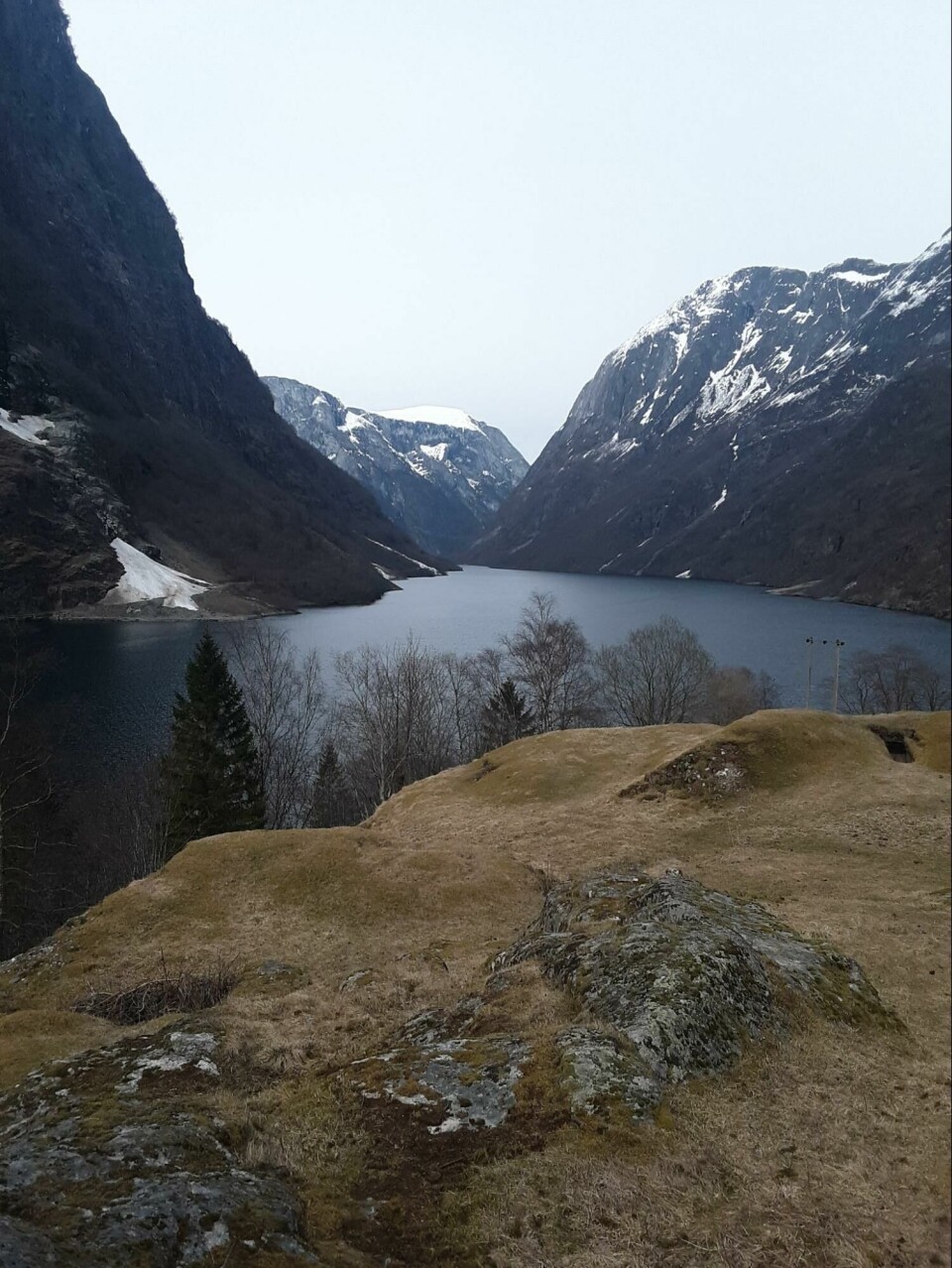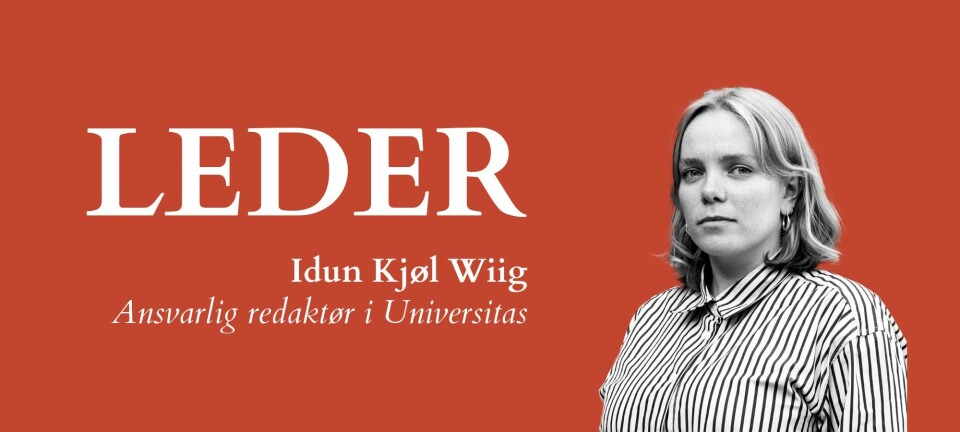
Spotlight on Norway’s Resistance Museum
Looking back on Nazis in Norway: World War II has shaped the country as we know it today.
Are you looking to learn more about Norway’s rich history during your exchange? Then consider checking out Norway’s Resistance Museum, whose exhibits tell the story of the country’s experience under Nazi occupation.
A Solemn Anniversary
This year, April 9th was Easter, a day set aside in Norway for crime novels, cabin trips, and clementines. However, eighty-three years ago in 1940, April 9th began with the sinking of a German battleship in the Oslofjord, and ended with the fledgling Norwegian democracy being overthrown by a Nazi coup. The Germans had begun their invasion of Norway.
The Nazi occupation of Norway during World War II has left an indelible imprint on Norway’s people, history, and landscape. For five years the country lived under German oppression, and many Norwegians lost their lives in combat, in concentration camps, or in the brutal retributions carried out by Nazi forces. However, though this is a dark chapter of Norway’s history, it is also a proud one, as the vast majority of Norwegians resisted German attempts to nazify the country.
Resistance Efforts, from the Dramatic to the Everyday
At its height, members of the resistance numbered 40,000, and they were involved in crucial operations that forwarded Norway’s eventual liberation. They sabotaged ships and railways of strategic importance, published illegal newspapers that undermined Nazi monopoly over the press, and destroyed heavy-water plants, which stifled German ambitions to produce the first atom-bomb. The Norwegian Merchant Navy, one of the most powerful navies in the world at that time, openly ignored German commands and instead used its strength to aid the Allies. Even everyday people, from teachers to church officials to the police, decried Nazi propaganda and hegemony, and engaged in illicit activities on a smaller scale, such as hiding contraband weapons and smuggling radios.

While this history may seem remote, especially given Norway’s current international reputation as a champion of freedom and democracy, the scars of this traumatic past still linger. Just north of Oslo airport, in the Trandum forest, you can see mass graves where 173 Norwegians, 15 Russians, and 6 Britons were executed, next to enormous archways of jagged concrete that served as a firing range for German tanks. The overwhelming majority of those killed were resistance fighters. If you take a trip to the spectacular fjords on Norway’s western coast, you might stumble upon, as I did, a German artillery nest tucked into a now-peaceful farm overlooking the water.
As many international students look forward to partaking in their first 17th of May, Norwegian Constitution Day, it is worthwhile digging into what Norwegians have done to defend the hard-won independence we will soon be celebrating. The occupation has left its mark on every area of the country, with a memorial erected in every municipality, but for Oslo-based students looking to find out more, Norway’s Resistance Museum is a great place to start.
Walking Through the Museum
As the anniversary of the Nazi occupation of Norway occurs this spring, it is now the perfect time to visit Norway’s Resistance Museum (Norges Hjemmefrontmuseum in Norwegian). The museum is located on the grounds of Akershus Festning, in a building originally constructed in the 17th century for the purpose of weapons storage. After renovation, the museum opened its doors to the public in 1962, less than twenty years after the country was liberated from German control. Many members of the Resistance contributed to the founding of the museum, especially in gathering the many objects from the occupation period which are now on display.
Stepping into the Past
Upon entering the building, the visitor is deposited into a softly-lit lobby. Chairs are assembled at the center of the room, facing a wall display showcasing the museum’s history. On my visit, many of these chairs were occupied by high school students, worksheets in hand, apparently on a field trip. To the right of the entrance are portraits of the three kings who have ruled in Norway since the county won its independence in 1905, and to the left is a selection of books for sale, both in Norwegian and English, about Norway’s experience in WWII. While some of these books might be beyond the limits of a student budget, there are a few available within the very generous range of 50-150 NOK.
The entrance to the museum proper is through another doorway, labeled 1940. The collections are meant to be explored in a linear fashion, with arrows guiding you through various hallways, and up and down sets of stairs, as the chronological history of the occupation unfolds. The displays are constructed in a multimedia format, with the wide array of artifacts supplemented by explanatory text, maps, recordings, and dioramas depicting the various battles fought on Norwegian soil and snow.
The museum touches on many different aspects attending the occupation of Norway, from battles fought to factories sabotaged, from hidden weapons to clandestine radio broadcasts. However, the common throughline threaded throughout the museum's narrative is the steadfast refusal of the Norwegian people to give into Nazi terror and propaganda. This spirit of resistance is shown from King Håkon VII’s refusal to accede to Hitler’s demands, to officials of the Norwegian Church condemning the philosophy of Nazism, to teachers protesting the introduction of Nazi propaganda in the classroom.
Ephemera
I will let the museum’s exhibits speak for themselves, for anyone who is interested in experiencing them. However, there is one particular aspect of the collections to which I would like to draw some attention: I was particularly impressed with the amount of ephemera that has been preserved and showcased.
Illegal newspapers were an integral part of the resistance movement, with no less than sixty different publications in circulation at the peak of the underground press. Given the extremely limited resources available, many issues were hand-stenciled. Dozens upon dozens of examples are exhibited, pressed carefully between panes of glass. A corner highlighting the forms of resistance practiced by Norwegian children shows artwork, petitions, and graffiti calling for the removal of the German invaders and the return of the Norwegian monarchy.
One of the most disturbing items on display is a single sheet of toilet paper, framed in front of a replica of a cell in Grini prison, located just outside Oslo. On this sheet of toilet paper are hundreds of tiny holes, pinpricks made by a needle to form words. This is the diary of a Norwegian POW, who cataloged months of torture at the hands of the Nazis. After the occupation ended, 1500 “pages” of this diary were discovered, hidden under floorboards and in ventilation shafts.
These fragile pieces of paper, from illegal newspapers to secret journals, all now nearly a century old, provide visceral insight into the indefatigable spirit of the Norwegian resistance. They make this dogged fight to persevere something personal for the modern visitor, and drive home the tragedy of the overwhelming loss of life.
Custodians of History
After the visitor has traveled through the labyrinth of the museum, they emerge from another doorway, this time marked with the year 1945. The sun feels especially bright as she steps outside again after spending so much time in the low-lighting of the museum. You might make one final stop before heading on your way, at a memorial site a short walk from the museum, where the Nazis executed forty-two Norwegians in 1945.
Though exchange students are often only temporary residents of Norway, our experiences here can only be enriched by engaging in the history of our host country. As we celebrate Easter with friends and family, and look forward to the return of Spring after this arduous and icy winter, we might also keep in our thoughts those who made every sacrifice, so that Norway might be the country we enjoy today.
































